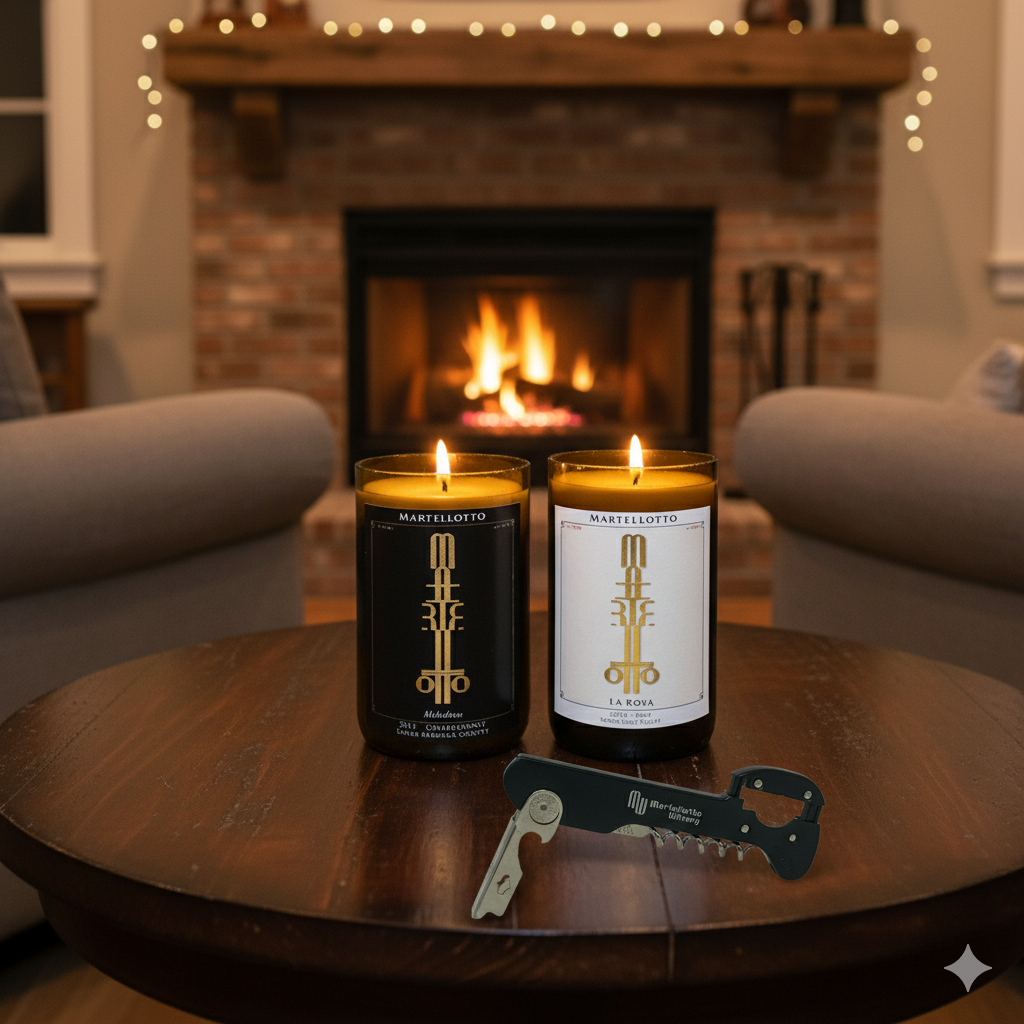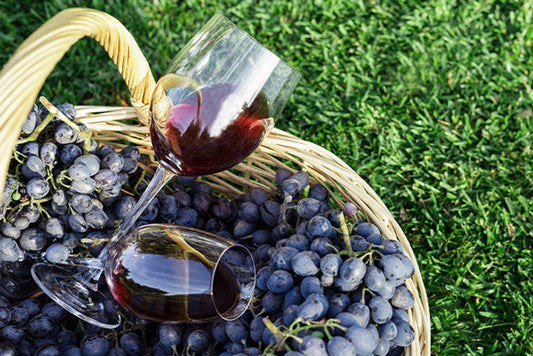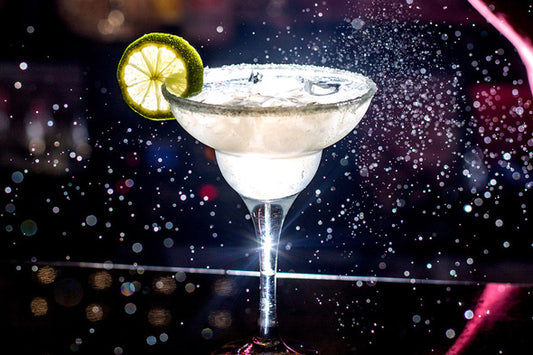
Sulfur in Wine: Fact Versus Fiction
One of the most common questions I field is related to sulfur in wine. First, let’s cover some basics. Sulfur is the fifth most widespread element on Earth. Elemental sulfur binds to almost all of the other elements, so it is omnipresent, including inside your body where it is involved in basic metabolism and brain functions.
The FDA requires that we label wine with this warning: “CONTAINS SULFITES”. Some wines may state “NO SULFITE ADDED” but that doesn’t mean there are no sulfites in the wine because of the ubiquity of sulfur and the amount that is naturally occurring. Sulfur is used as a preservative and it is safe for almost everyone.
The rare exceptions are people with sulfur allergies and asthma; they know who they are because they break out in hives and/or cannot breathe in the presence of excessive amounts of sulfur (like when you swim in a hot water sulfur spring). Sulfur in its elemental form is a skin and lung irritant.
Common Wine Additions
Sulfur dioxide (SO2) and potassium metabisulfite (K2S2O5) are the most common chemical additions in wine and are allowed as food ingredients in the U.S. and they are widely used. These substances are considered as GRAS (Generally Recognized as Safe). It’s important to understand the measurement of sulfur in parts per million (ppm).
At Martellotto Winery, we use potassium metabisulfite to clean and sterilize equipment. We use a small amount of it prior to fermentation and we make a small adjustment of sulfur prior to bottling to ensure the wine will be protected. Generally, our goal is to bottle finished wine with approximately 25-35 ppm of sulfur. This is generally LOWER than most wines you will find in the marketplace.
Examples of Sulfur Dioxide in Common Food ProductsHere are some common quantities of SO2 in products with which you're likely familiar:
- Dry wines: 25-75 ppm
- Sweet wines: 50-300pm
- Canned foods: 300-1000 ppm
- French Fries: 2000 ppm
- Dried Fruit: 3000-10,000 ppm
Whenever someone asks about sulfur in wine and their perceived reaction to it, I ask them if they eat food from a can, French fries or dried fruit. They almost always eat one or more of those foods. And, I confirm to them therefore; “You do NOT have a sulfur allergy.”
Commonly, consumers ask:
“Why don’t I get a headache when I drink European wine? (or while drinking wine in Europe?). Isn’t it because the European wineries use less sulfur than CA wines?"
My reply: “In Europe there is a culture of eating and drinking. While you were in Europe, you were likely walking more than you do in the US. You were likely drinking wine while eating, which means you were less dehydrated and better able to metabolize the food with the wine. No, European wineries do not use less sulfur than CA wines. I know this because I also import wines from Europe and frequently see the laboratory analysis on many wines and the sulfur falls within the 25-75ppm. Exceptions are inexpensive, commercial wines and wines with a higher level of sugar."
Another common statement is:
“The sulfites in red wine give me a headache, so I just drink white wine (or beer, or vodka).”
My reply: Headaches are most often associated with dehydration and drinking too much, too fast. Again, if you are able to eat French fries and dried food, sulfur in red wine is not the culprit. Consider drinking one 8 oz. glass of water with every glass of wine. If you are eating and being moderate, you will find joy in wine. If you are immoderate, you may embarrass yourself and find yourself apologizing in the morning, swearing to the gods, and promising you’ll never drink again.
~Alla Salute!
Greg Martellotto





